Costa Rican Coffee Bean Flavor Characteristics Story Honey Treated Coffee Bean Brewing Flavor Taste Characteristics
Qianjie has tried a lot of boutique coffee, if you want to choose a national coffee flavor represented by sweetness, then Costa Rican honey-treated coffee beans will be mentioned. The most commonly used treatment of Costa Rican coffee is honey treatment, because there is a honey word, so many people mistakenly think that it is treated with honey, in fact, it is coffee pectin, honey treatment is a theoretical general name.
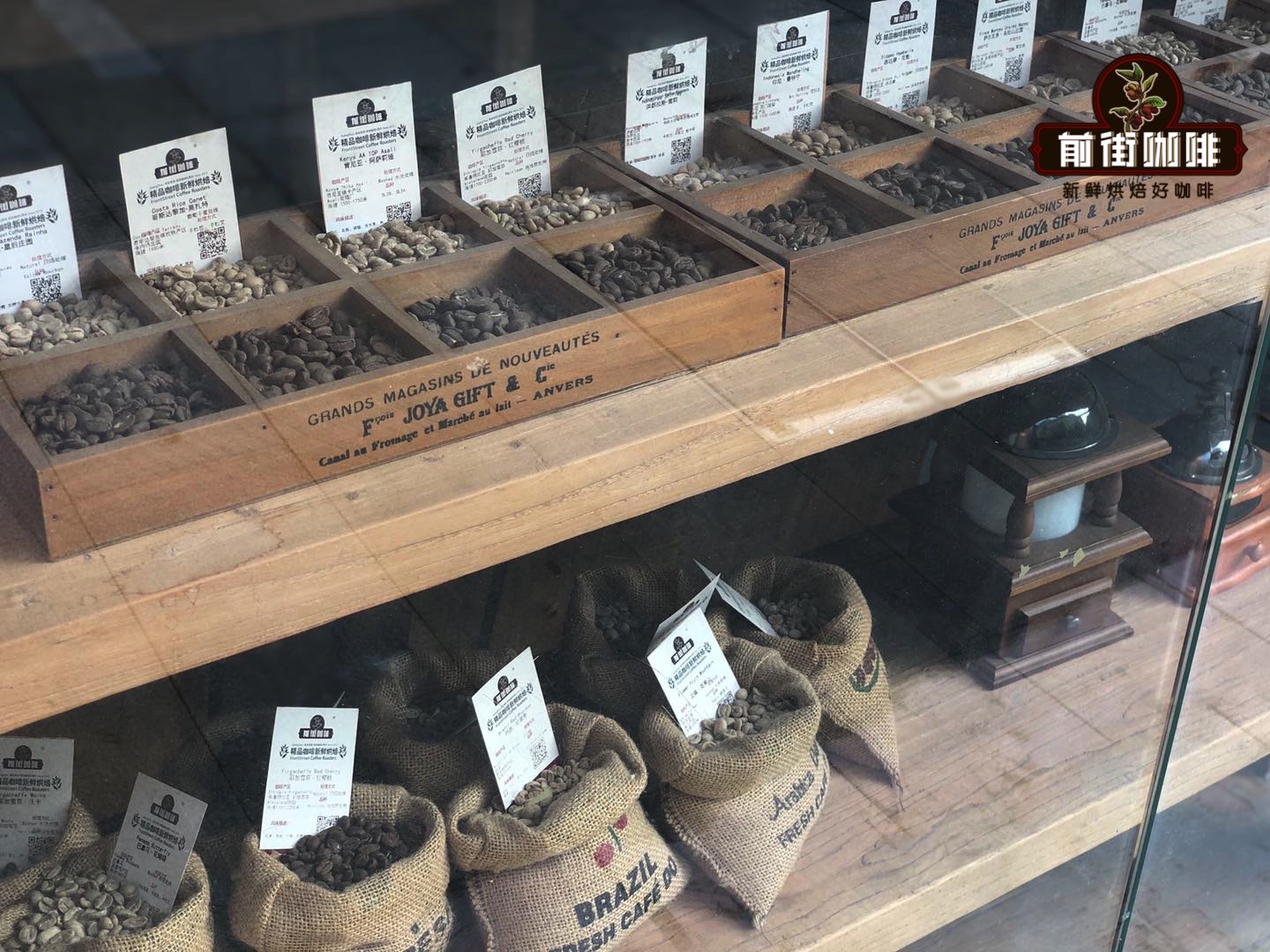
Costa Rica is a classic Central American country. In 1949, Costa Rica abolished all military forces, retained only policing police organizations, and declared neutrality. After more than 70 years, Costa Rica has ushered in prosperous development. Similarly, as a major country in Central America, coffee is an important part of Costa Rican agriculture.
Since 1832, the local government has issued a law that coffee farmers can directly own any vacant land if they grow coffee. This policy has encouraged many people to grow coffee and promote the development of coffee, which has led to the fact that most of Costa Rican coffee comes from private estates.
When considering Costa Rican coffee beans, Qianjie found that Costa Rican coffee beans not only maintain the purity and cleanliness of American coffee, but also highlight the amazing sweetness.
Qianjie believes that this is due to the unique environment, the extension of the Andes, the rich rainfall brought by the Pacific and Caribbean sea breezes, and the rich volcanic soil. All provide hard conditions for the production of high-quality coffee.
And the honey-like sweetness of Costa Rican coffee, Qianjie believes that it is closely related to its special treatment. Costa Rica uses honey treatment to treat coffee, which is dried on a tanning bed after the peel is removed, so that the coffee fully absorbs the sugar of pectin and makes the beans sweeter.
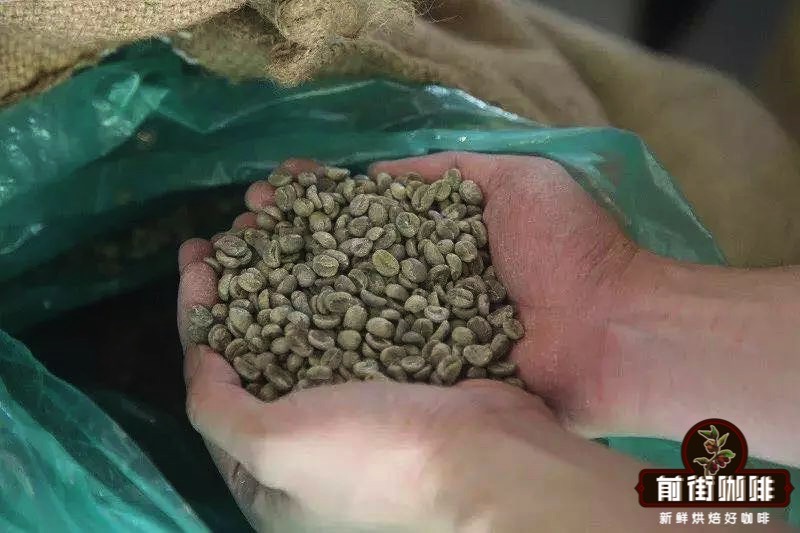
Costa Rican coffee producing area
Costa Rica has eight major coffee producing areas, namely: Valley Central Occidental in the western valley, Valley Central in the central valley, Tarrazu in Tarazu, Tres Rios in Sanshui, Orosi in Europe, Brunca in Brenka, and Turrialba in Duli Alba.
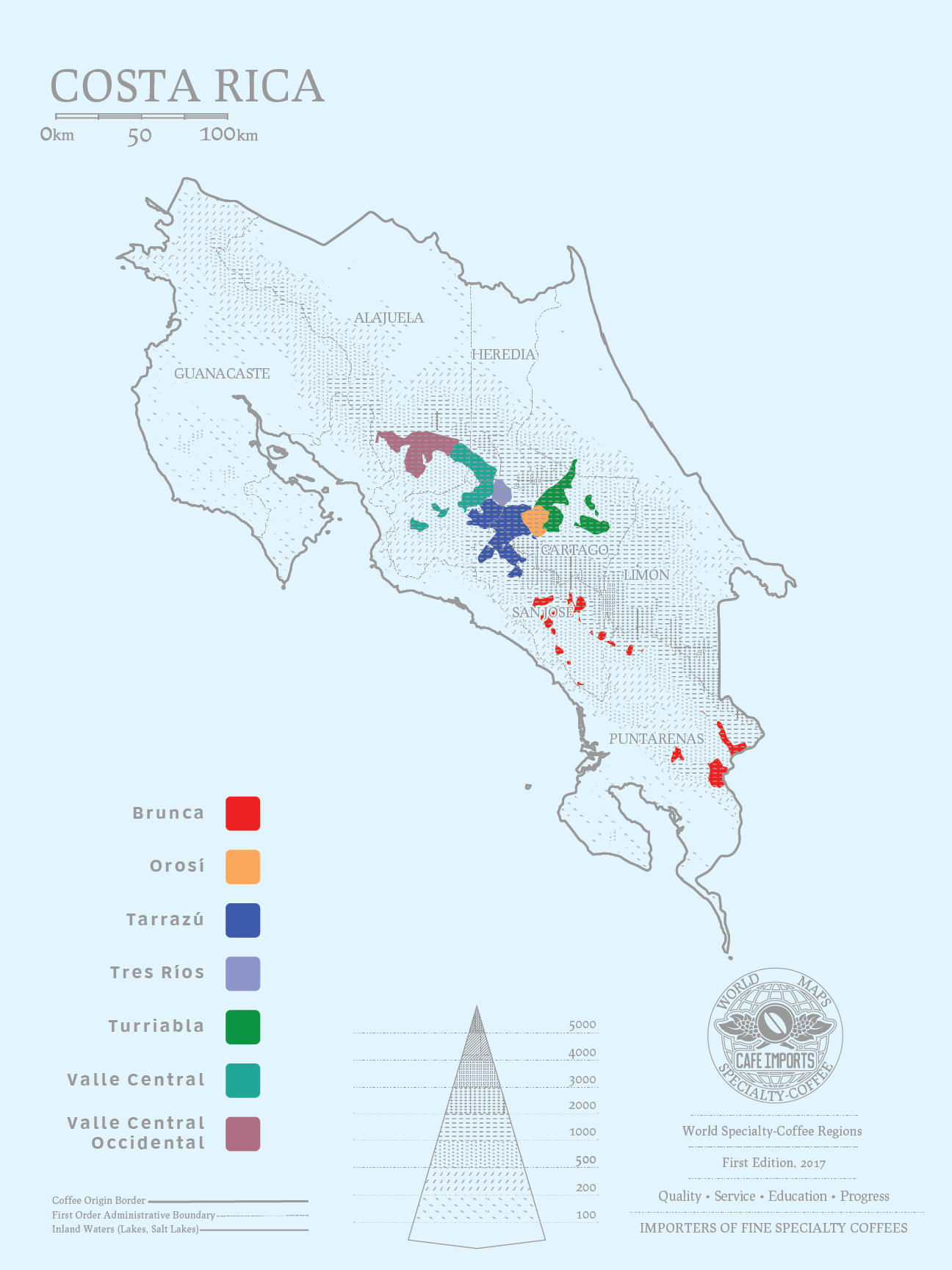
Among them, the Tarazhu producing area and the Central Valley producing area are more famous. The Costa Rican food rations on the front street are from the Tarazu producing area.
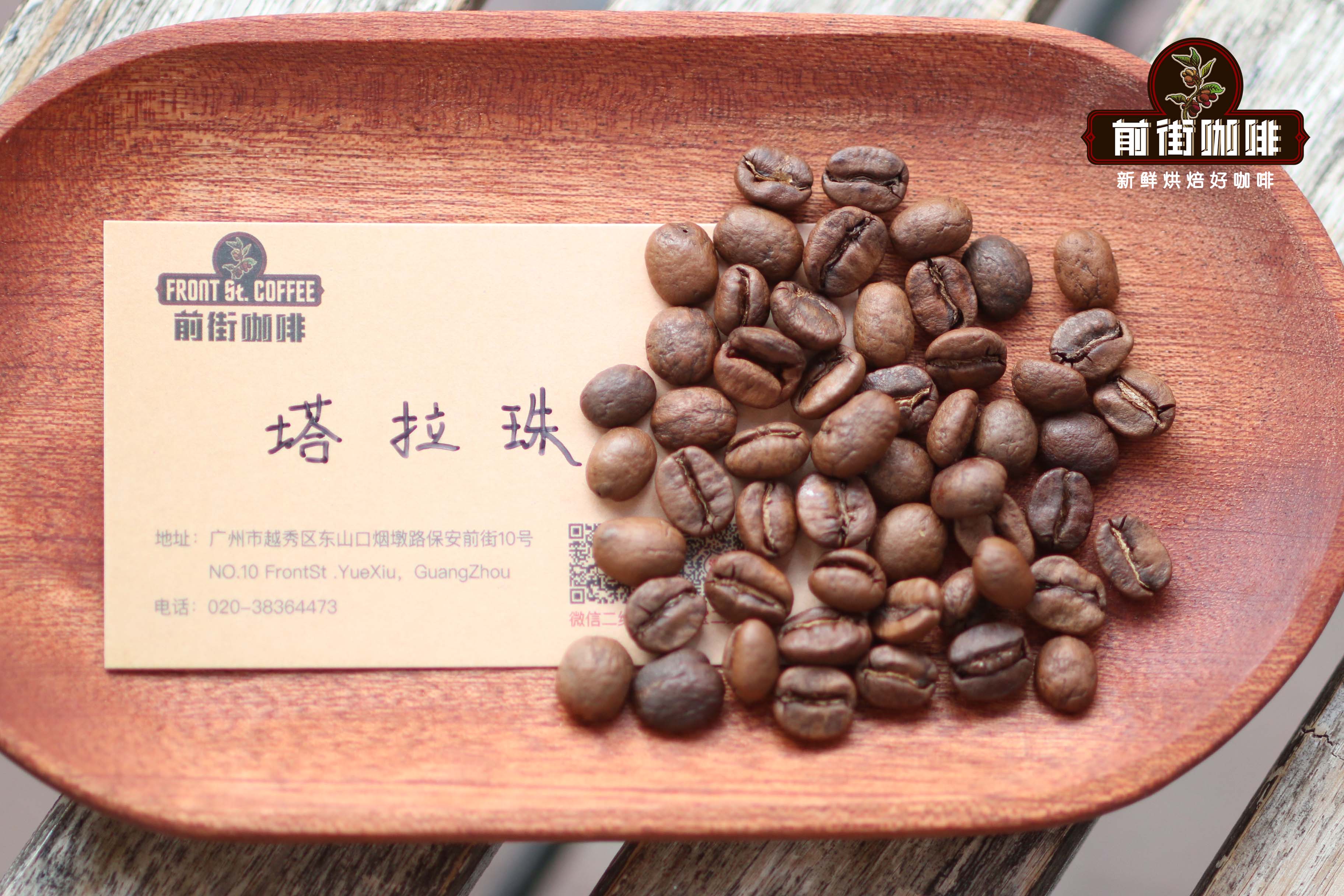
Main varieties of Costa Rican coffee
Costa Rica, like many Latin American countries, grows bourbon coffee beans, such as bourbon, Kaddura and Kaduai. There are also coffee varieties known as Rose Summer Coffee, but according to the experience of searching for beans in Qianjie, although Costa Rica is closely linked to Panama, the performance of Costa Rica's Rose Summer Coffee is different from that of Panama. Costa Rica also has endemic variants found locally-Vera Saatchi and Vera Loeb.
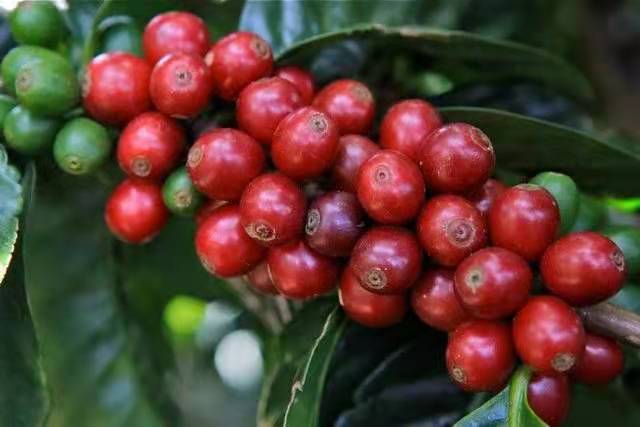
Vera Saatchi is a bourbon variety, this bourbon green-topped dwarf natural mutant was discovered in Costa Rica in 1950, followed by pedigree selection (through successive generations of selection of a single plant), but this variety was not widely cultivated in Costa Rica, but was introduced to Honduras by the Honduran Coffee Institute (IHCAFE) in 1974. It is a very complex coffee in smell, suitable for medium and deep roasting, and the ground dry aroma with perfume, nectar and cherry aromas, mixed with cinnamon-like sweet spices. Vera Lobo Villalobos, born in Costa Rica, is a variant of the tin pickup, with branches and trunks at an angle of 60 degrees and bronze leaves. This kind of growth is particularly good at high elevations, and strong wind resistance, can also grow in barren soil, it will be better to grow under shade trees. The most striking feature of the taste is its excellent sweetness and beautiful acidity.
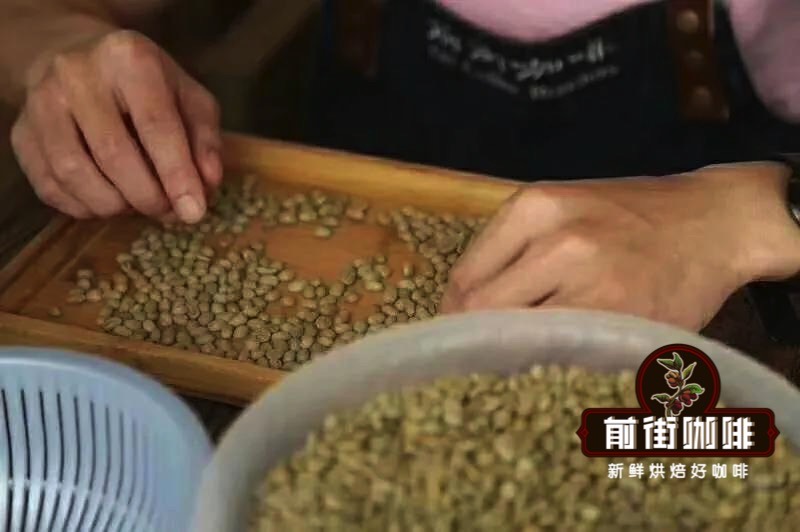
Costa Rican coffee is graded by altitude.
SHB: very hard beans grow at 1500 meters above sea level
GHB: you hard beans grow at 1100-1200 meters.
HB: hard beans grow at 1000 meters.
High-quality Costa Rican coffee is called "extra hard bean" SHB, which can grow at an altitude of more than 1500 meters. Generally speaking, the higher the altitude, the better the coffee beans, not only because the higher altitude can increase the acidity of the coffee beans and thus increase the flavor of the coffee beans, but also because the night temperature at the higher altitude is lower, which can make the trees grow slowly and make the coffee beans have a stronger flavor.
Basically, the Costa Rican coffee beans bought in China are basically SHB grade.
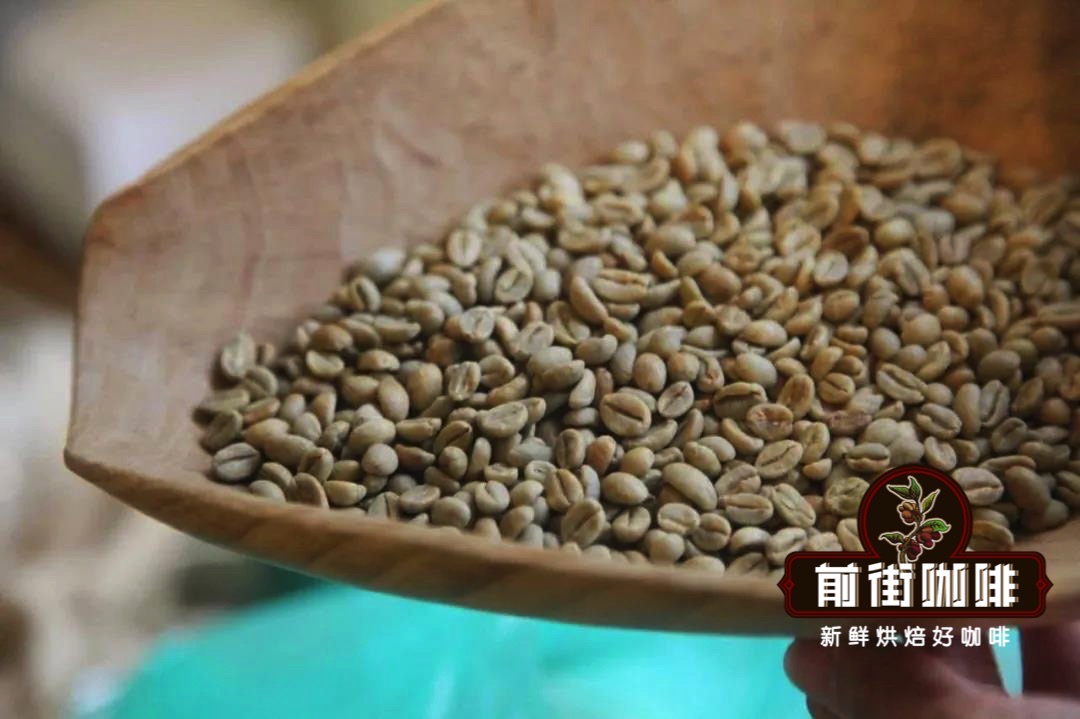
Coffee beans treated with Costa Rican honey
Honey treatment, called HoneyProcess or Miel Process, is called Honey Coffee. It is used in coffee gardens in Costa Rica, Panama, Guatemala and other countries, and Costa Rican honey treatment of coffee beans is more well known. The so-called honey treatment refers to the process of making raw beans with mucous membrane (also known as pectin) for sun-drying. After the outer pulp of the coffee bean is removed, there will be a layer of sticky jelly (pectin). The traditional washing method washes it away with clean water, but this direct drying method has been born because of the limitations of water resources in some high-altitude areas.
The taste difference between honey treatment and water washing treatment: higher sweetness, higher sugar content and higher alcohol thickness than water washing.
Costa Rican honey-treated coffee beans retain the cleanliness of the water treatment, although the brightness of the coffee has decreased, but increased sweetness and caramel taste. According to the degree of honey treatment, Costa Rican honey-treated coffee beans are divided into yellow honey treatment, red honey treatment and black honey treatment.
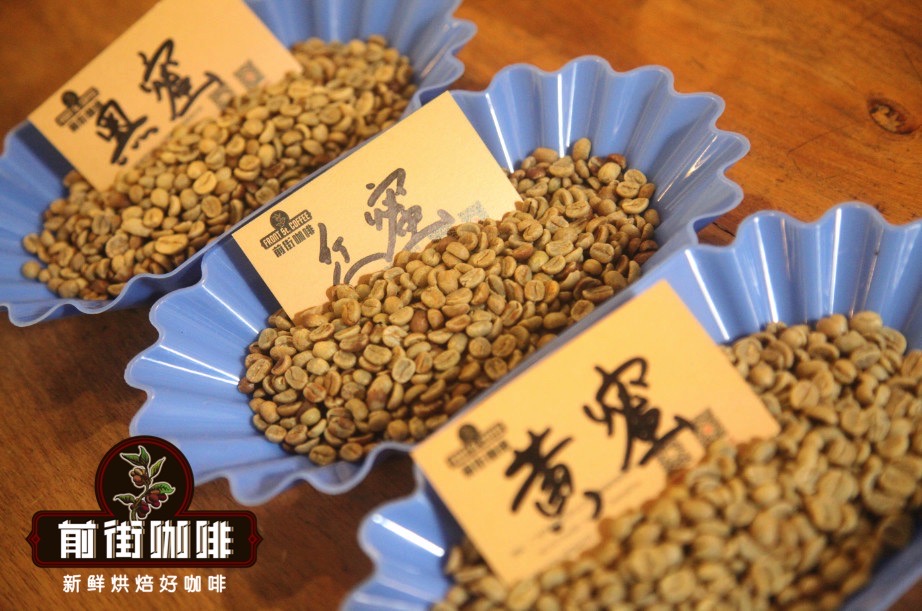
Yellow honey: about 40% of the pectin is removed; the drying method requires the most direct heat absorption, receives the most light drying, and lasts for about 8 days to reach a stable water content.
Red honey: about 25% of the pectin is removed; it takes longer to dry than yellow honey, and reduces direct exposure to sunlight, even in shading sheds, lasting about 12 days.
Black honey: retain close to 80% pectin; dry for the longest time, lasting at least 2 weeks, with a cover to avoid too strong sunlight, prevent drying too fast, and make sugar conversion more fully.
The advantage of honey treatment is that it can best preserve the original sweet flavor of coffee ripe fruit, making the coffee show elegant black sugar flavor and drupe flavor, while the berry flavor also stimulates the basic aroma of red wine, which is considered to be a very elegant product.
The biggest difference between honey treatment and Brazilian semi-washing is that the former does not drip water, because be sure to choose flawless red fruit, pectin is sweet. The honey-treated pectin planer is more demanding, and the thickness of the pectin planing must be precisely controlled, just like the bean grinder.
But the failed honey-treated coffee will have a strong defective sun flavor, similar to the rough sun-cured onion, durian, bean curd and, more seriously, alcohol potions. Normal honey-treated coffee has a mild sour taste, and it is not good if it is sour enough to pout.
A brief summary:
Sweetness: black honey > red honey > yellow honey
Cleanliness: yellow honey > red honey > black honey
Sense of balance: red honey = yellow honey > black honey

Flavor contrast Qianjie after baking for 8 hours, the cup test, said 11.3 grams of powder, grinding thickness for the Chinese standard 20 sieve pass rate of 70-75%, water temperature is 94 ℃, pour into 200ml water, break the slag after four minutes.
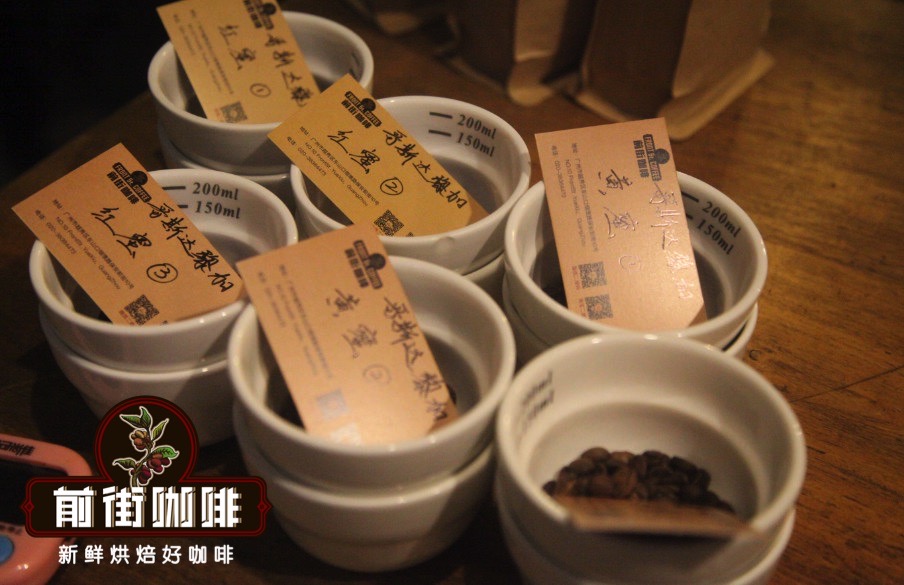
[yellow honey] has a hint of fermented fruit, with citrus, cocoa, nuts, honey and caramel flavors when sipped. The overall flavor is relatively light. [red honey] it has a strong aroma of fermented red wine, with notes of pineapple, sweet orange, nectarine, raisin, cream, raisin and maple syrup when sipped. [black honey] it smells of jackfruit, raisins and fermented wine, with aromas of plums, citrus, raisins, caramel and spices. Compared with the beans treated with these three kinds of honey in Qianjie, we can obviously feel that the beans treated with [black honey] have a strong fermented fragrance, the aroma will be richer, and those treated with [red honey] will be slightly weaker in aroma. The aroma of [yellow honey] treatment is relatively light fermented fruit aroma. In terms of flavor, the sweet and sour feeling of [black honey] treatment is obvious, the feeling of some fruit juice is more balanced, the treatment of [red honey] is more balanced, and the flavor of [yellow honey] is relatively clean, and the fermentation taste is not heavy, preferring the flavor of citrus.
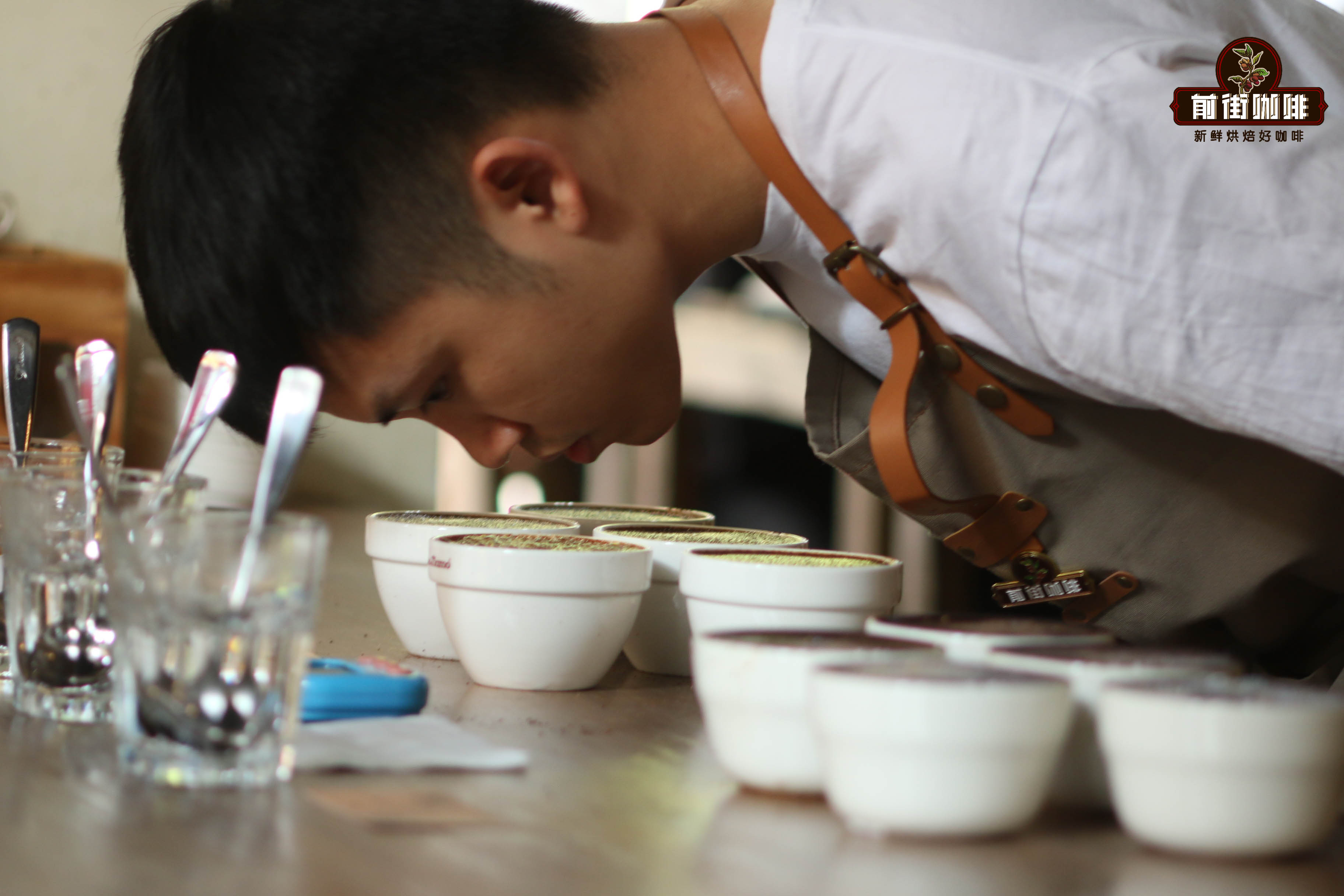
How to cook Costa Rican coffee beans in front of the street
Qianjie believes that to know a country's coffee beans, it is necessary to start with its washed coffee beans, and specially launched a series of rations beans for the previous street, in order to make more friends who want to know about coffee beans better understand the flavor of coffee. On the other hand, the front street of Costa Rica launched a kind of washed coffee beans from the Tara Pearl producing area.
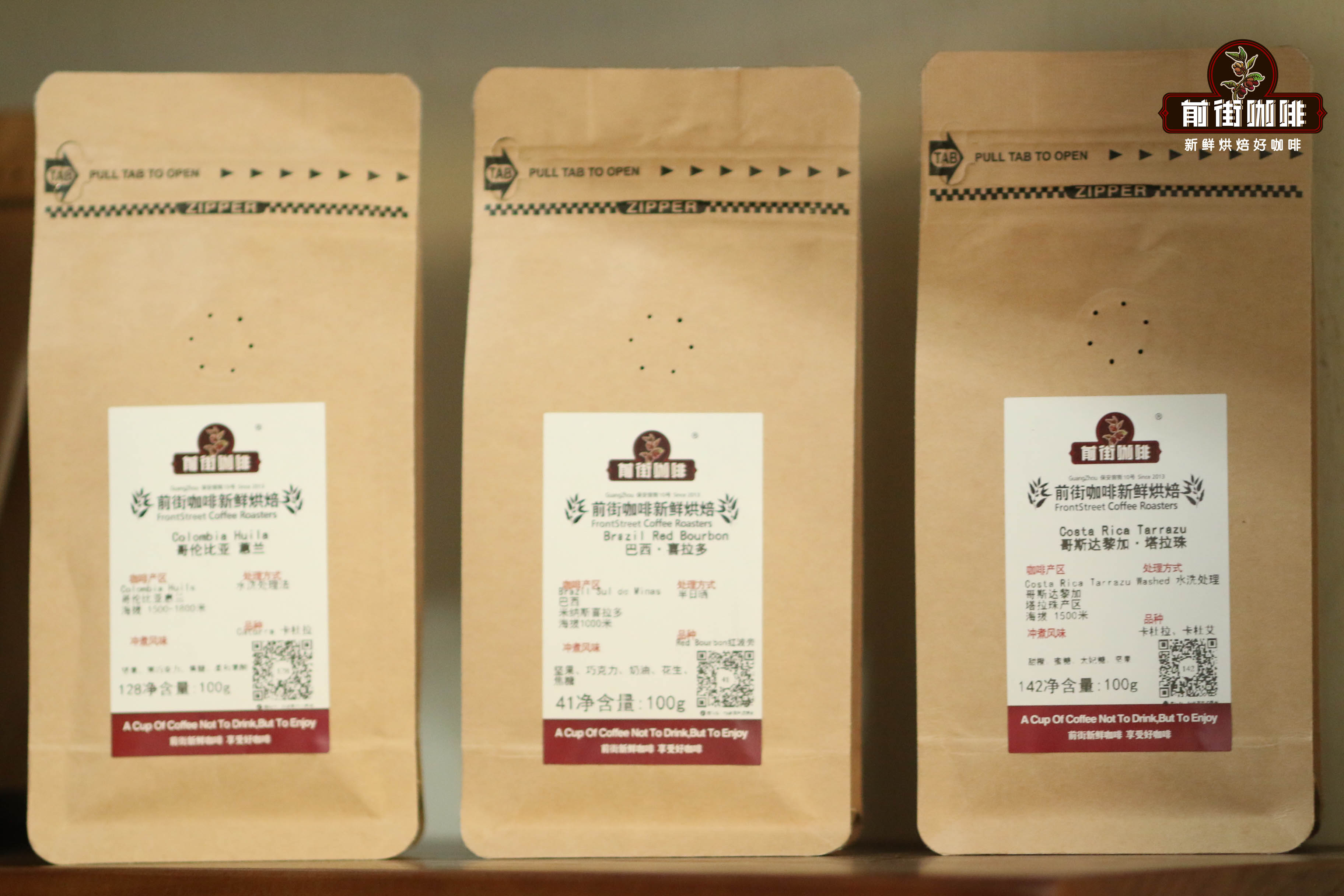
Qianjie advocates freshly roasted coffee beans, some coffee shops play the gimmick of ground coffee, many people think it is fresh, but it is not. Freshly roasted coffee beans also need to be cultivated for 4-5 days, so that the flavor of the coffee can be fully released when brewed. Of course, if there are no grinding tools at home, Qianjie will grind the coffee beans according to the demand (hand-made or Italian), but you need to drink them as soon as possible, and the flavor of the ground coffee powder will spread quickly.
Suggestions on the parameters of brewing this coffee bean
Qianjie cooking parameters: V60 filter cup, 15g powder (one person), water temperature 90 degrees Celsius, powder-water ratio at 1:15, grindability (20 standard sieve pass rate 80%)
Qianjie adopts the method of segmented extraction, that is, the three-stage water injection method, which is often said, 30g water is steamed for 30 seconds, the second stage is injected in a circle to 125g, and the third stage is injected in a circle to 225g, and the total extraction time (including steaming time) is 230g.
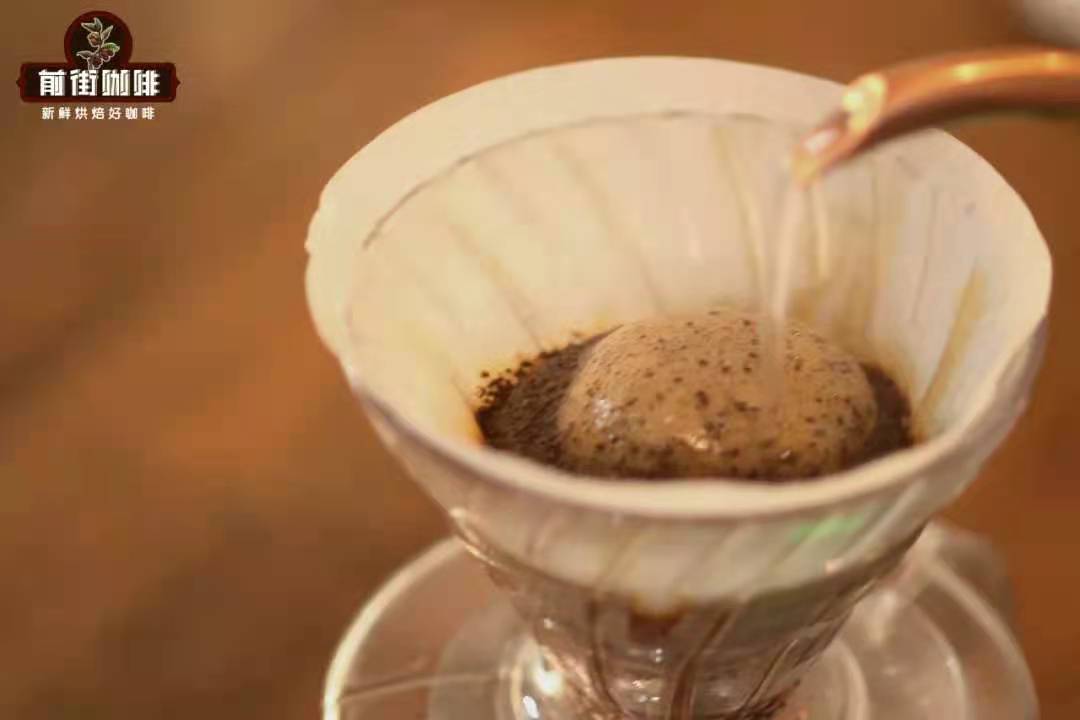
Professional coffee knowledge exchange more coffee bean information please follow the coffee workshop (Wechat official account cafe_style)
For more boutique coffee beans, please add private Qianjie coffee on Wechat. WeChat account: kaixinguoguo0925
Important Notice :
前街咖啡 FrontStreet Coffee has moved to new addredd:
FrontStreet Coffee Address: 315,Donghua East Road,GuangZhou
Tel:020 38364473
- Prev
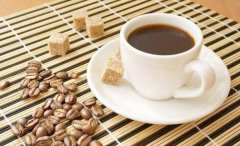
Production area treatment method for describing the Flavor of single Bean varieties in Himalayan Manor in El Salvador
For the exchange of professional baristas, please follow the coffee workshop (Wechat official account cafe_style) El Salvador coffee is mainly distributed in the west-Ahuachpan, Sonsonate, San Salvador: East-Usulutan, San Miguel; north-Chalatenango. Bourbon is mainly cultivated, and another famous Pacamara is found in El Salvador, but not in El Savador.
- Next
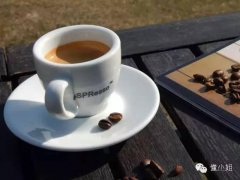
What is the meaning of Costa Rican bean SHB? flavor describes the distribution of producing areas
For the exchange of professional baristas, please follow the coffee workshop (official Wechat account cafe_style), fine quality coffee in Costa Rica and Junvenus (Juan Vinas,PR), Hein (H.Tournon), Vidmir (Windmill,SHB), Monte bellow (Monte bellow), Santa Rosa (Santaros), FJO FJO Sarchi (Note: excellent)
Related
- Detailed explanation of Jadeite planting Land in Panamanian Jadeite Manor introduction to the grading system of Jadeite competitive bidding, Red bid, Green bid and Rose Summer
- Story of Coffee planting in Brenka region of Costa Rica Stonehenge Manor anaerobic heavy honey treatment of flavor mouth
- What's on the barrel of Blue Mountain Coffee beans?
- Can American coffee also pull flowers? How to use hot American style to pull out a good-looking pattern?
- Can you make a cold extract with coffee beans? What is the right proportion for cold-extracted coffee formula?
- Indonesian PWN Gold Mandrine Coffee Origin Features Flavor How to Chong? Mandolin coffee is American.
- A brief introduction to the flavor characteristics of Brazilian yellow bourbon coffee beans
- What is the effect of different water quality on the flavor of cold-extracted coffee? What kind of water is best for brewing coffee?
- Why do you think of Rose Summer whenever you mention Panamanian coffee?
- Introduction to the characteristics of authentic blue mountain coffee bean producing areas? What is the CIB Coffee Authority in Jamaica?

